New tools will help raise awareness and stop this crime before it happens
Across our province, offenders are preying on children and youth for the purposes of sexual exploitation – a crime that robs them of their safety and dignity and has a devastating impact on the lives of victims, families, and communities.
Raising awareness is our first line of defense toward preventing human trafficking and protecting children and youth – which is why it is one of the key commitments in our new strategy.
To that end, today we launched two new educational tools that aim to help prevent human trafficking by teaching kids how to recognize if they are being targeted by a trafficker and making sure they know where to get help:
- “Speak Out: Stop Sex Trafficking” is an Indigenous-focused anti-human trafficking educational campaign, designed by and for Indigenous people, that provides information about sexual exploitation and human trafficking – how to recognize it, why Indigenous people may be particularly vulnerable to being targeted and where to go for help.
- “The Trap” is a Human Trafficking Digital Education Tool designed to raise awareness about sex trafficking among middle and high school-aged children and teens, by showing youth what it feels like to be targeted and recruited by a sex trafficker through an immersive chat experience.
“Human trafficking is a serious crime that is on the rise across Ontario and we are committed to holding human traffickers accountable,” said Sylvia Jones, MPP for Dufferin-Caledon and Solicitor General. “Building education and awareness of how human trafficking happens can help protect our children and youth from predatory activity. These new tools are vital components of our government’s comprehensive plan to combat human trafficking, bring traffickers to justice and end this heinous crime.`
The new educational tools – which are part of the province’s $307 million comprehensive anti-human trafficking plan – offer new, innovative ways to engage with young people and help them understand how human trafficking happens, so we can stop it before it starts. They respond directly to needs identified by frontline service providers, survivors of human trafficking and Indigenous communities and organizations.
By ensuring young people know what human trafficking is and how to recognize when a trafficker may be targeting them, we can keep more children and youth safe from this horrific crime.
